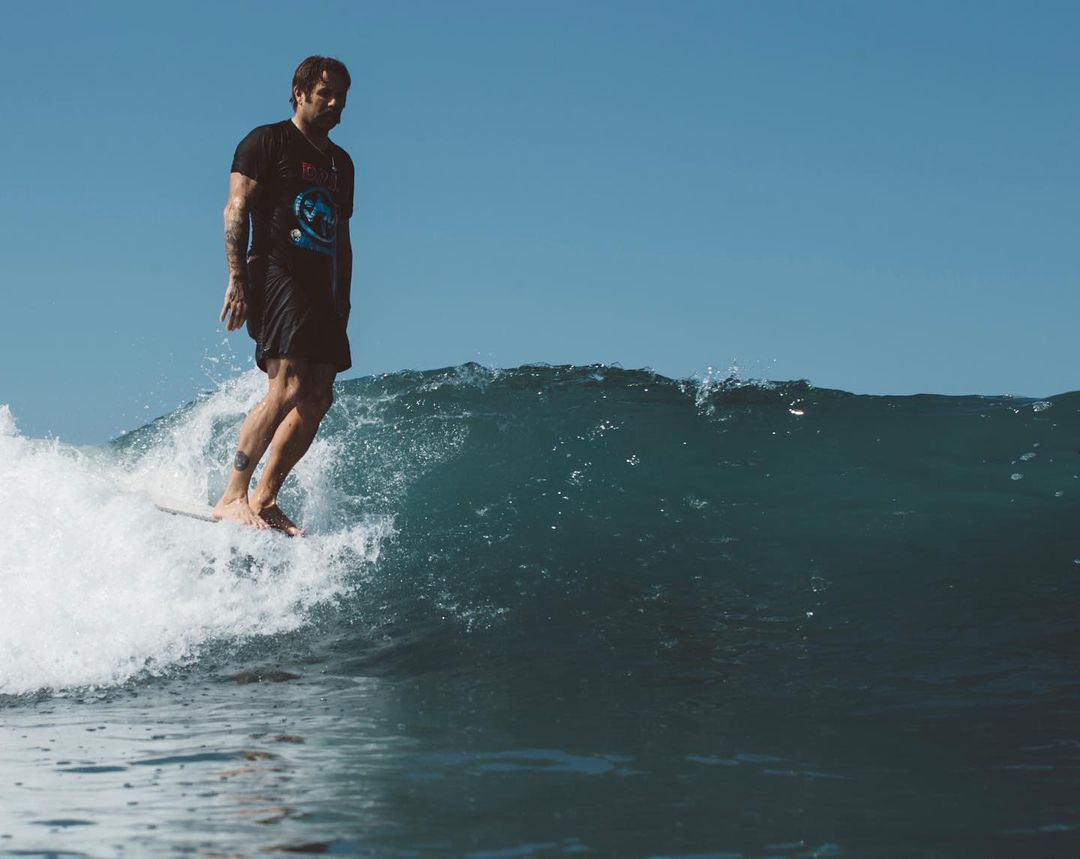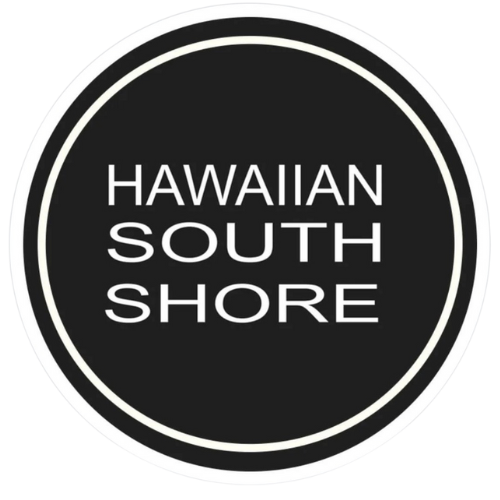Unleashing the Power of Thunderbolt Technology: The Story Behind CJ Nelson's Revolutionary Surfboards
Share
How Thunderbolt Technology was Born

CJ Nelson is one of the world’s best traditional loggers, but recently he has been riding some of the most futuristic longboards on the market. His journey to Thunderbolt Technology and its incredible performance benefits was a long one, but well worth the effort.
Like most of us, CJ grew up riding polyurethane boards. His dad had a bunch of old vintage longboards, so he split his time between new, modern boards and old, heavy logs glassed with Volan.
The first time paid any attention to alternative board construction processes was when he was 13 or 14. Growing up in Santa Cruz, he surfed with a friend named Zach and the two would often trade boards. Zach had a Stretch EPS board that he let CJ try out, and CJ was amazed at how light and buoyant the board was. He loved the feel, and as soon as he could, he got himself a Stretch.
Around this time, he noticed that local guys like Flea and Barney were also riding epoxy boards. And when he started riding for Bob Pearson, CJ got a bunch of experimental high-performance longboards that were made with EPS. Meanwhile, Randy French was just starting out with his Surftech boards, which were being made in the Cobra factory overseas.
CJ ended up doing a noserider model with Pearson and French in Surftech, although he intentionally had them make the model a bit heavier than other EPS boards, because CJ still loved the feeling of heavier longboards.
In the meantime, CJ also started working with his friend John in Nevada, who was making hollow carbon fiber boards called Aviso. CJ did two models with Aviso, and really enjoyed how flexible and different they felt. Christian Wach ended up using one of CJ’s Aviso boards and won the Noosa event four years in a row on it.
Despite being intrigued by experimental surfboard construction processes, CJ was still mostly into heavy logs glassed with Volan. But one day he heard from his old friend Yu San (Yu Sumitomo), whom CJ had met decades before when they were groms in Santa Cruz. Yu was from Japan but had come to California to try to make it as a pro surfer, and the two boys got along great and ended up surfing together a bunch. However, after about five years, Yu San disappeared and CJ didn’t hear from him for a long time.
When Yu San finally did get in touch, CJ was on a much healthier path. He had navigated some dark years of substance abuse, gotten sober, started surfing again, and was once again proving he was one of the best loggers on the planet. Yu San reached out and told him that he was working on a new, experimental EPS-based board construction process, but CJ was a bit dubious, since he was currently all in with poly/Volan. So Yu San flew to Santa Cruz and met CJ at his house, where he proceeded to convince CJ to fly to Japan with him to test out the new tech.
Both CJ and Harley Ingleby went to Japan on that trip, where they spent two weeks touring around Japan and surfing around 20 boards that Yu San had made, all with different layouts of internal carbon stringers. The boards were all identical—a batch of traditional logs and a batch of high-performance longboards, all painted the same, with only small numbers written on each one for identifying purposes. CJ and Harley rode all of the boards, and even managed to tie for first place in a local longboard contest, with Harley eventually taking the win on a countback.
At the end of the two weeks, Yu San asked them both separately which board felt the best. Even though CJ had been on a traditional shape and Harley had been on high-performance longboards, they both chose the same construction—number 2.
The ingredients in construction number 2 became what we know as Thunderbolt Technologies today—a high-tech, space-age construction process that has more than 60 different steps and involves precisely laid up carbon stringers inside of an EPS blank and epoxy resin. CJ claims that these are the best boards he’s ever ridden—"30 percent better performance than any other board on the market”—and not just for high-pro boards. He is doing the best traditional logging of his career on Thunderbolt Boards, from his classic Sprout and Neo Classic models to the more experimental Apex.
Thunderbolt Tech boards are made by hand, drawing on a number of sail board concepts that Yu San learned from his father. A lifelong friend of Yu San and his family, CJ feels a deep sense of emotion and joy at seeing Yu San and his Thunderbolt Technology become so successful. Seeing someone who is dedicated to his family and passionate about the art of making surfboards makes CJ proud to be working with Yu San and making the best traditional longboards in the world.
Shop Thunderbolt Tech Surfboards Here
